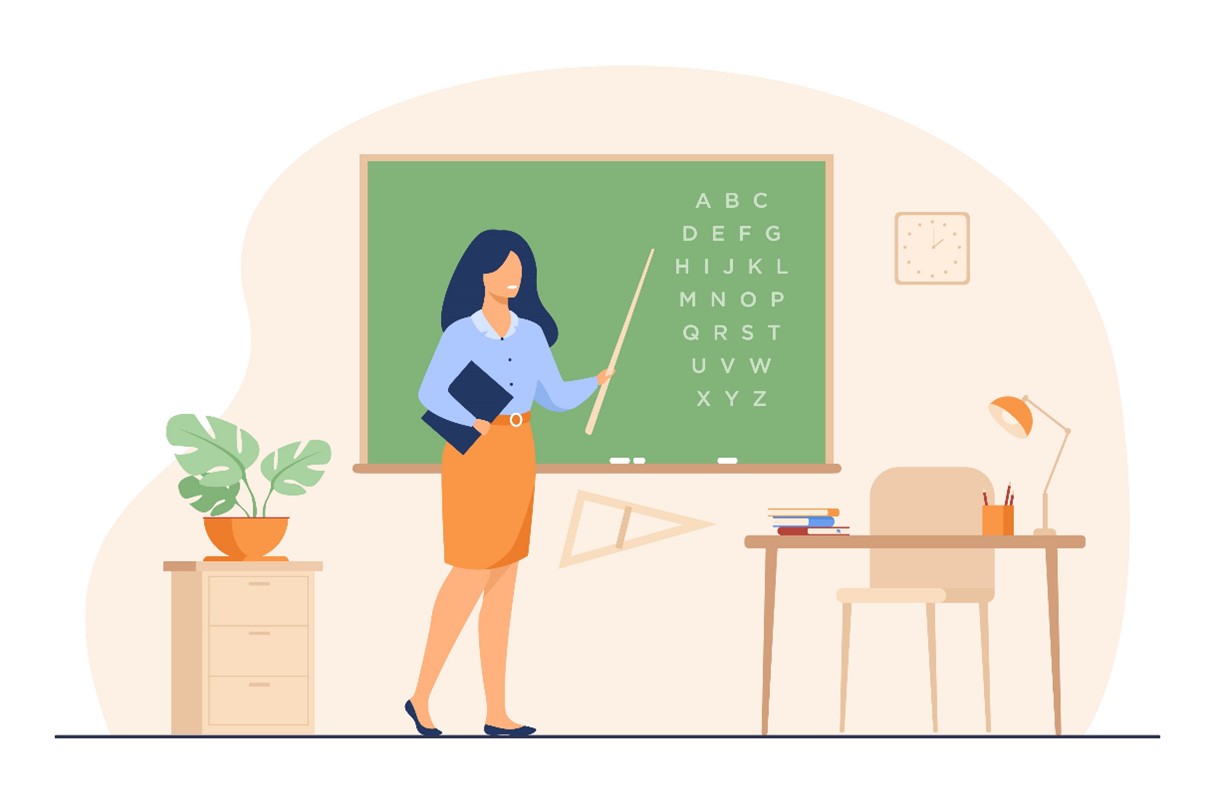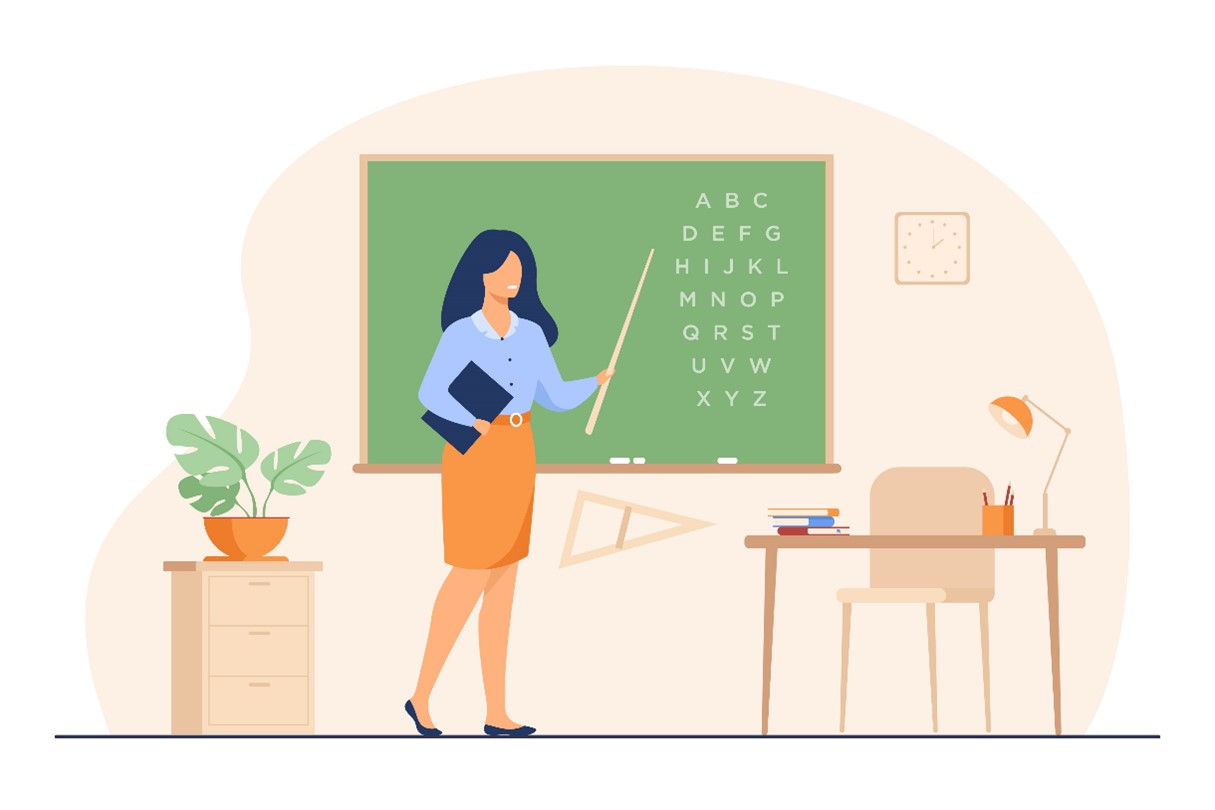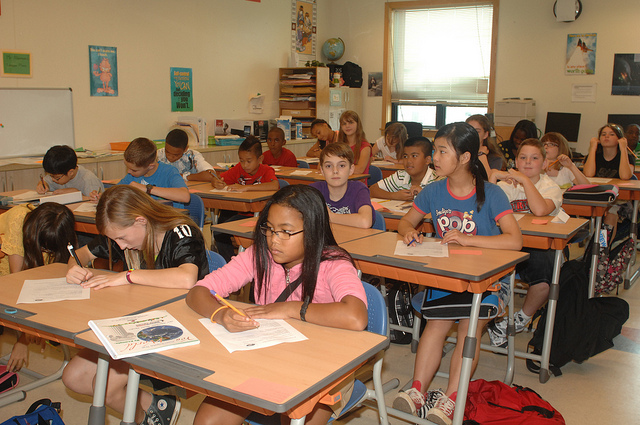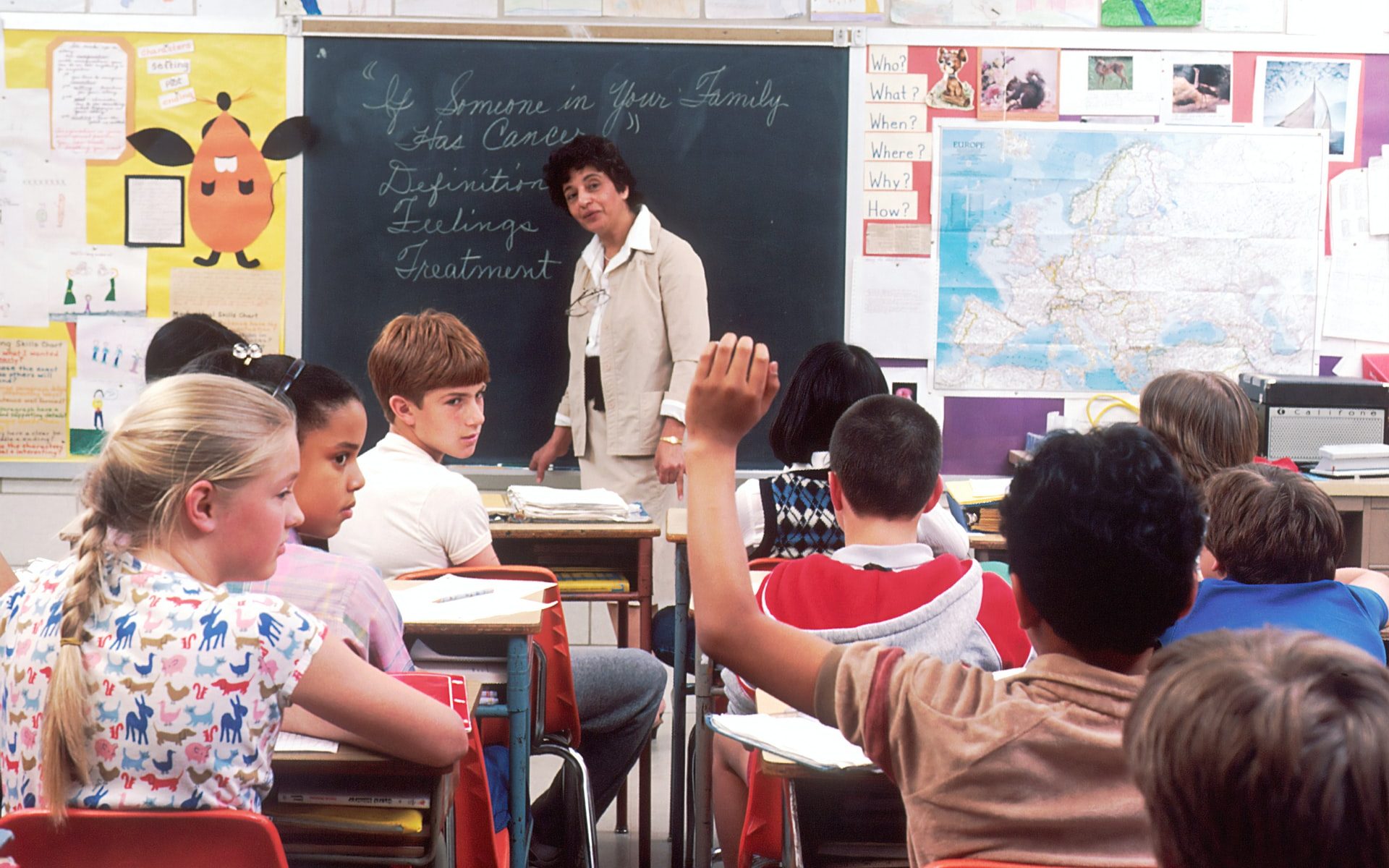Parents play a crucial role in the upbringing of their children, instilling values, teaching right from wrong, and ideally setting boundaries that contribute to the development of responsible young adults. However, when tragedies such as school shootings occur, the question arises: should parents be held responsible for these horrific acts carried out by their children? The notion of parental responsibility in the context of school shootings is not without precedent. In some jurisdictions, for example, there are Child Access Prevention (CAP) laws that hold gun owners accountable if a child gains inappropriate access to a firearm resulting in harm or …
Continue reading “Should Parents Be Held Responsible for School Shootings?”









